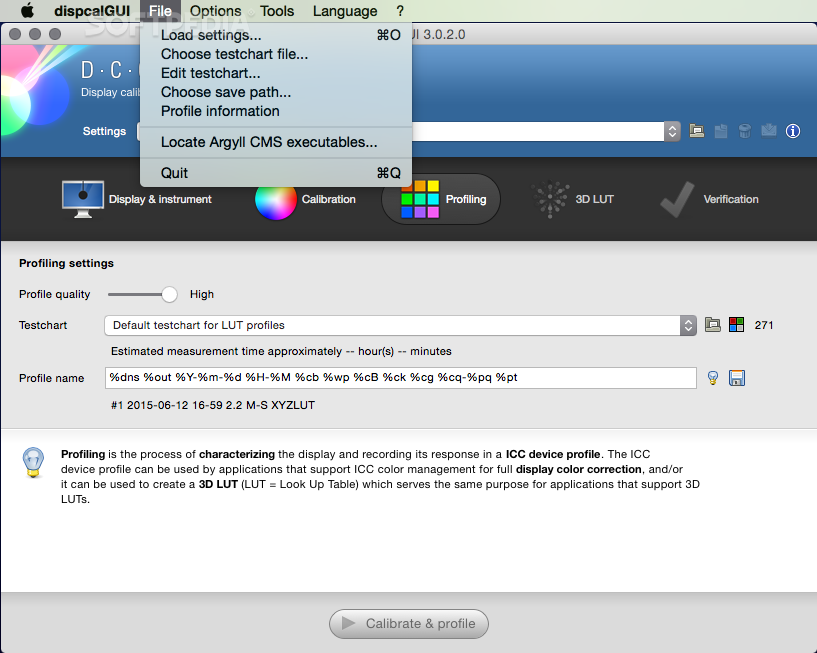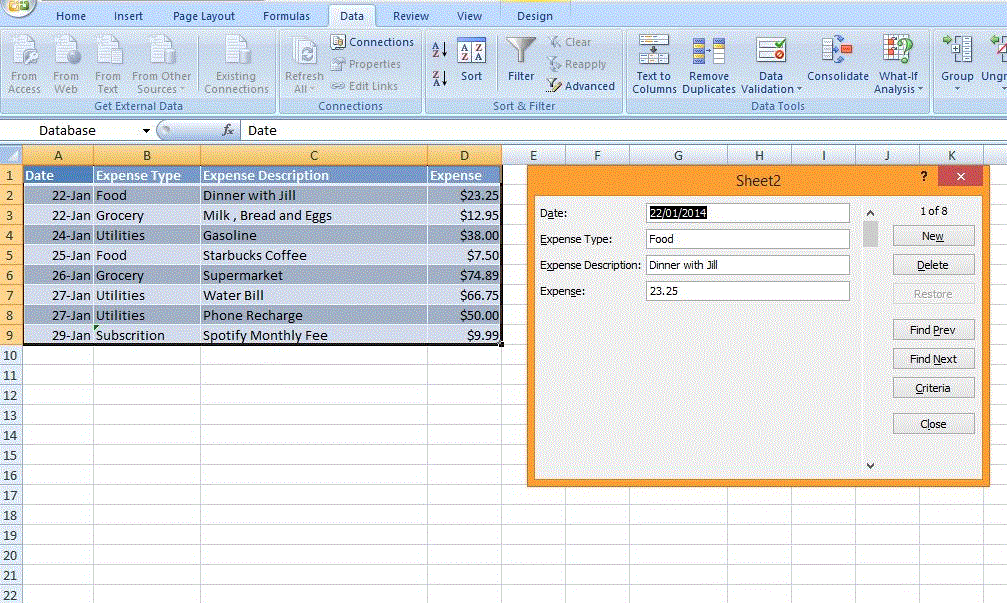

- #Displaycal data entries take exactly 7 how to
- #Displaycal data entries take exactly 7 software
- #Displaycal data entries take exactly 7 free

I am glad I did not wait too long, because starting from that point of my career, I was able to produce solid work that looked consistently good. Thankfully, once I had a proper setup, I was able to go back and re-process my images. However, over time, I realized that selecting a proper monitor and color calibrating it was critical, especially if I wanted my photography to be taken seriously. I did not see how I could justify spending a few hundred dollars on a colorimeter, when my monitor cost me that much money in the first place.
#Displaycal data entries take exactly 7 free
At first, I thought that perhaps I could use some free color calibration tools that were already built into my operating system in order to get more accurate colors. One day I had a chance to view my images on a color-calibrated computer and after seeing how bad the images looked, I realized that it was time to change. My images often ended up with over-saturated colors and strange tones, and having no idea about things like ICC color profile, I would often end up stripping all the metadata from my images, including those color profiles. At the time, I produced very inconsistent work, because I was looking at wrong colors during post-processing. I personally did not pay much attention to color calibration for a long time and I suffered greatly as as result. For example, a smooth and beautiful sunset might appear as pale, and a black and white picture might appear too dark or too bright. If your monitor is not properly color calibrated, you are most likely not seeing everything in images you view. Wrong! It is needed for everything – from viewing your and other people’s work, to processing your own images in Adobe Photoshop, Lightroom or any other software. One of the big misunderstandings about color calibration, is that people think that it is only needed for printing. The Process of Monitor Calibration Using Hardware Calibration.For Rec709 source I would not choose Rec1886, an IPS display like yours has not very high contrast but YMMV.Ĥ-Load those LUT3D you made into madVR (rec709, HDR rec2020 etc), or check if they are installed properly (for each content colorspace you made a LUT3D) if Displa圜AL installed it for you.ĥ-Test it with some madVR compatible player and Rec709/HDR videos. If you choose Rec2020 as source and tone curve SMPTE 2084, the choose if you cant to cut or roll-of when content exceeds your didsplay capabilities. Source colorspace is content colorspace and target colorspace is display profile.

#Displaycal data entries take exactly 7 software
If you cannot use Dell software use Displa圜AL and "Custom Color" mode, it's native gamut.Ģ-Make a profile for that setting/OSD (native gamut, it makes sense what you want) and madVR using Displa圜AL.ģ-Make as many LUT3D you want for madVR from that profile. For HDR it should be high but you may want it for other purposes so I'll leave it to you as open parameter. Yes, native gamut is bigger than AdobeRGB.ġ- Use Dell HW calibration software and calibrate CAL1 to native gamut, D65 and your desired brightness. It seems from link that you have a U2413. As this is for entertainment purposes and not color sensitive work perfect color accuracy is not critical. I understand it may not match my display exactly, but it should be close enough. I hope it will be possible to extract the values I need from this diagram to configure 圜MS. I do not have the equipment to do this, but fortunately I found existing measurements of this display's native gamut from a review. Of course, first I would need to measure my monitor in order find the correct values.
#Displaycal data entries take exactly 7 how to
Unfortunately, I do not understand how to input the values or even what it expects. In order to do this I think I will need to use the 圜MS calibration option in madVR. MadVR has a few preset color spaces but I need to create a custom color space in order to use the monitor's native gamut. So far I know that in madVR you can calibrate to your display's gamut and it will remap the source's gamut to your display. Is there actually a difference using my monitor's native gamut rather than the more limited adobeRGB for a Rec. I would like to be able to map Rec.2020 to my monitor's native gamut to get as much Rec 2020 coverage as possible. It has a calibration preset for adobe RGB but it's native gamut extends a bit beyond adobe RGB. Basically I have a wide gamut monitor and want to use it for HDR/Rec.


 0 kommentar(er)
0 kommentar(er)
